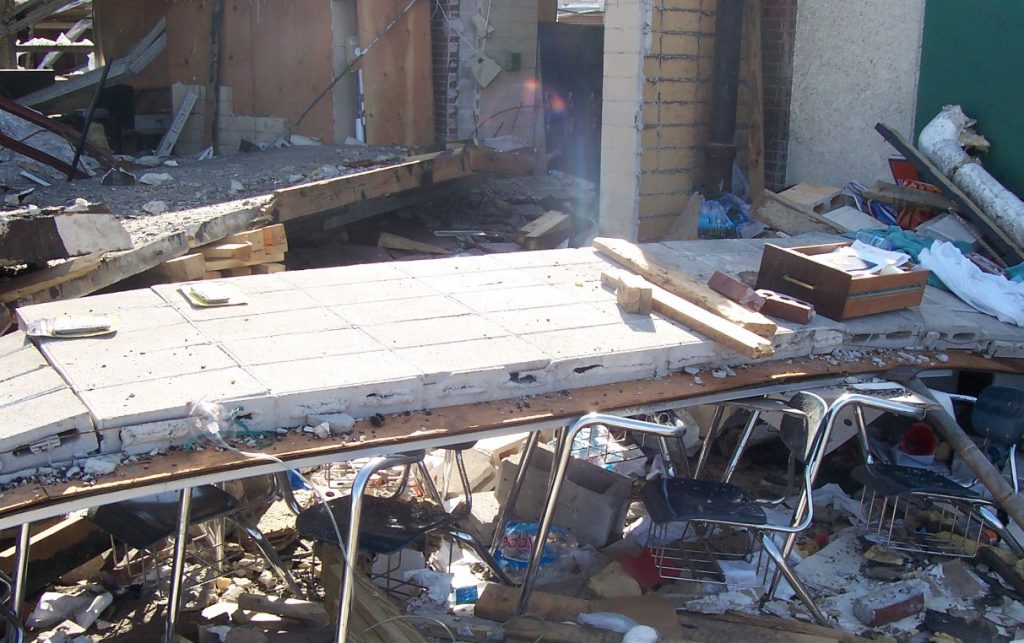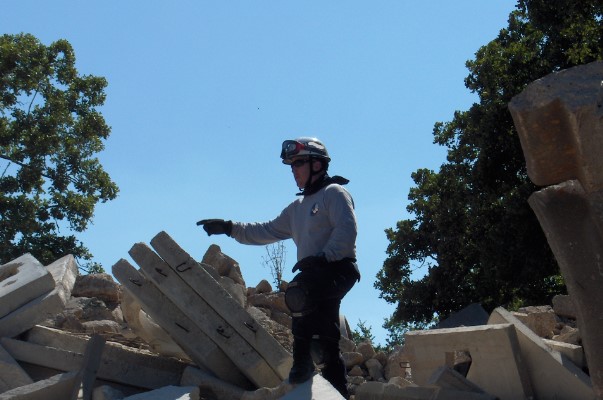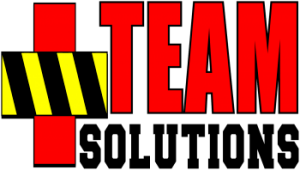"To go from good to great as a searcher, we must see more, and miss less."
~ Mike McKenna

Course Outcomes
Participants will gain a working knowledge and the basic skills to search an interior space for lost and missing people with increased reliability and reduced risk.
Course Prerequisites
Information learned from the above courses will be referenced in this course, therefore, please review and refresh your knowledge as needed.
Assumptions
By proceeding, the following assumptions must be understood:
Assumption #1 - The commitment to develop as a reliable, interior searcher, also requires a commitment to implement reasonable risk management methods.
- The only thing worse than one victim immobilized inside an interior space is two victims immobilized inside because a would-be-rescuer didn’t manage their risk well enough.
Assumption #2 - The lessons and insights from the prerequisite courses will be applied to your understanding of this course.
- For example: searching a structure just because it is nearby may not conform with effective search management, as discussed in the Search Strategy course.
Assumption #3 - Despite our best efforts, sometimes we don’t find everyone or everything we are searching for.
- Especially when an absolute outcome is uncertain, strive to “do the most good, for the most people, as swiftly and safely as possible.”
Assumption #4 - Reliably searching an interior space can be extremely complex and dangerous.
- Whoever goes in, must also come out ... the first and most important job of a searcher.
About the Instructor & Course Developer
I’ve had the honor to instruct and educate nearly 6000 responders from around the world on the nuances of searching successfully.
Learn more about me (Mike McKenna) HERE.

In the material ahead, I’m sharing many of those same techniques with you.
Let’s get started.
